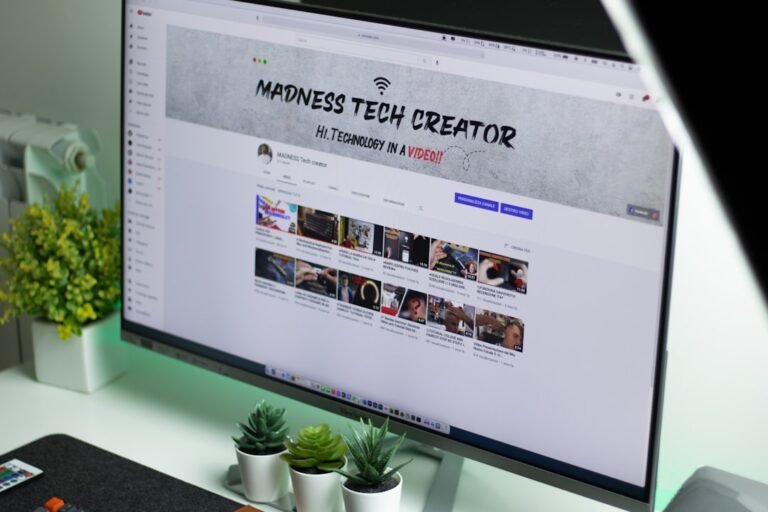marketing automation tutorial
In today’s fast-paced digital landscape, marketing automation has become an essential tool for businesses to streamline their marketing efforts, improve efficiency, and drive revenue growth. As a marketer, you’re likely no stranger to the concept of marketing automation, but perhaps you’re struggling to get started or optimize your existing workflows. In this comprehensive marketing automation tutorial, we’ll walk you through the fundamentals, benefits, and best practices of marketing automation, providing you with a clear understanding of how to leverage this powerful technology.
What is Marketing Automation?
Marketing automation refers to the use of software and technology to automate repetitive marketing tasks, such as email marketing, lead generation, and social media management. By automating these tasks, businesses can:
- Save time and resources
- Enhance customer engagement and experience
- Improve lead quality and conversion rates
- Increase revenue and ROI
Benefits of Marketing Automation
The benefits of marketing automation are numerous. Some of the most significant advantages include:
**Increased Efficiency**:
Automate routine tasks and focus on high-value activities
**Personalization**:
Deliver targeted, personalized content to customers and leads
**Improved Lead Quality**:
Score and qualify leads based on behavior and engagement
**Enhanced Customer Experience**:
Provide timely and relevant communication across channels
**Data-Driven Decision Making**:
Gain insights into customer behavior and campaign performance
Getting Started with Marketing Automation
Before diving into the world of marketing automation, it’s essential to:
Define Your Goals and Objectives
- Identify your marketing goals and objectives
- Determine which tasks to automate
- Establish key performance indicators (KPIs)
Choose the Right Marketing Automation Platform
- Research and evaluate different marketing automation platforms
- Consider factors such as ease of use, scalability, and integration with existing tools
- Select a platform that aligns with your goals and objectives
Set Up Your Marketing Automation Workflows
- Create a workflow diagram to visualize your automation processes
- Define triggers, actions, and conditions for each workflow
- Test and refine your workflows to ensure optimal performance
Marketing Automation Tutorial: A Step-by-Step Guide
Here’s a step-by-step guide to creating a basic marketing automation workflow:
Step 1: Lead Capture
- Create a landing page or form to capture leads
- Use a marketing automation platform to track and store lead information
Step 2: Lead Nurturing
- Create a series of automated emails or messages to nurture leads
- Use lead scoring to qualify and prioritize leads
Step 3: Lead Conversion
- Set up automated workflows to trigger conversion actions (e.g., demo requests, trial sign-ups)
- Use data and analytics to optimize and refine your conversion workflows
Best Practices for Marketing Automation
To get the most out of marketing automation, follow these best practices:
**Segment and Target**:
Segment your audience and target specific groups with personalized content
**Monitor and Optimize**:
Continuously monitor and optimize your workflows and campaigns
**Integrate with Other Tools**:
Integrate your marketing automation platform with other marketing tools and systems
**Provide Value**:
Focus on providing value to your customers and leads through relevant and timely communication
Conclusion
About Relvixis: Relvixis is a Canadian-based digital agency specializing in results-driven solutions for businesses looking to grow online.
We offer expert services in SEO optimization, web development, social media management, and marketing automation.
Our team blends creative strategy with technical precision to drive leads, enhance brand visibility, and accelerate digital performance.
To learn more or schedule a free consultation, visit
relvixis.com.







